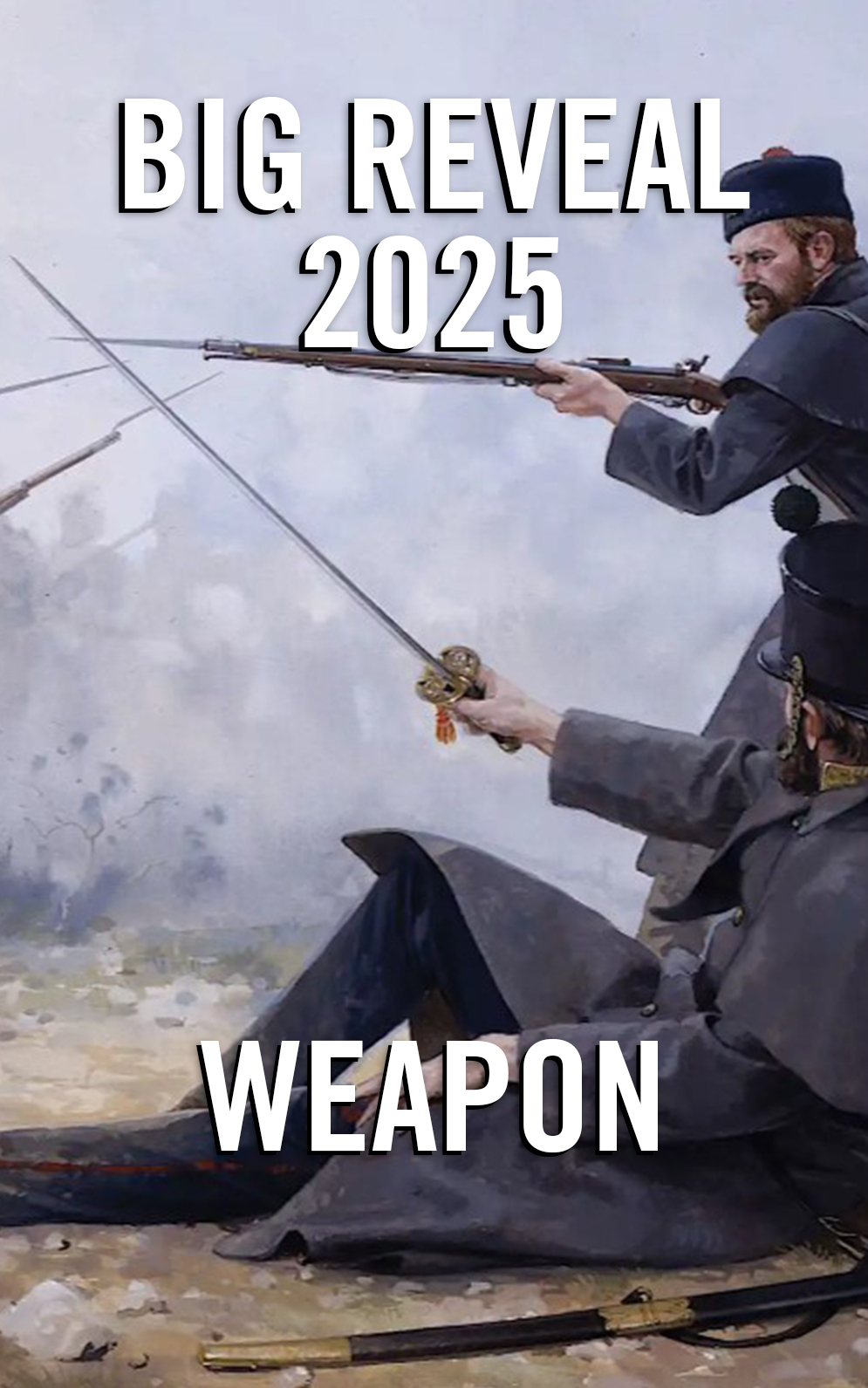
In December 2025 we’ll be publishing Leroy Thompson’s study of the Soviet and Russian machine guns entering service since 1945. This is a subject I have wanted to cover for some time, and I am pleased to be working with Leroy on his latest addition to the series.
Soviet and Russian Machine Guns since 1945
Leroy Thompson
18/12/2025
Written by a noted authority, this fully illustrated study charts the origins, evolution, combat performance and legacy of the machine guns equipping Soviet and Russian troops after 1945.
Following the USSR’s victory in World War II, the Soviet armed forces adopted a succession of new or improved machine guns. At squad level, the 7.62mm RP-46 and RPD light machine guns replaced the DPM, with the latter chambered for the new 7.62x39mm intermediate cartridge used in the AK-47 assault rifle. In the early 1960s, the RPK, also firing the intermediate cartridge, entered service. Chambered for the lighter 5.45×39mm cartridge, the RPK-74 was issued from 1974; it remains in use with the armed forces of Russia and other former Soviet republics. The 5.45mm RPK-16 entered Russian service in 2018.
Having served alongside the venerable 7.62mm PM M1910 Maxim during the latter stages of World War II, the 7.62mm SG-43 medium machine gun was updated as the SGM before being supplanted by the 7.62mm PK general-purpose machine gun, issued from 1961. The improved PKM made its debut in 1969 and still equips Russian troops today, being joined by the PKP in 2001 and the AEK-999 in 2008.
First issued in 1938, the formidable 12.7mm DShK heavy machine gun remains in Russian service today as the DShkM. It was joined by the 14.5mm KPV from 1949, the 12.7mm NSV from 1971 and the 12.7mm Kord from 1998.
Innovative and rugged, these weapons have seen extensive combat across the globe, from Vietnam, Afghanistan and Iraq to Georgia, Syria and Ukraine. In this illustrated survey, Leroy Thompson investigates the origins, development, combat use and legacy of all of these machine guns, casting light on their battlefield effectiveness and tactical influence.

Comments
You must be logged in to comment on this post. Click here to log in.
Submit your comment